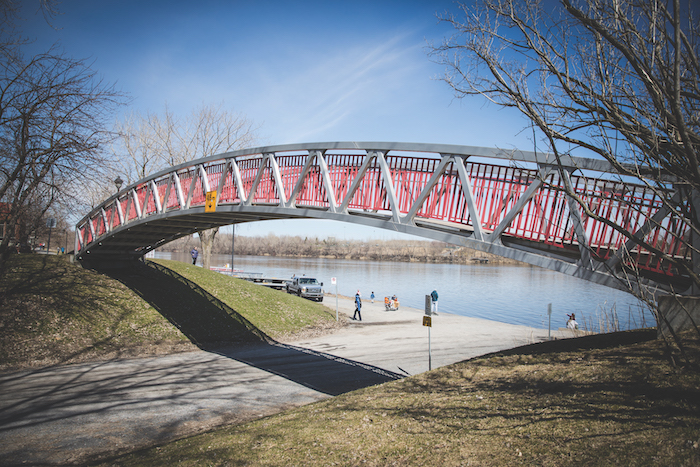Aluminum vs Steel: The Truth About Total Cost of Ownership
Is Steel Really Cheaper Than Aluminum?
For decades, the default assumption in the construction and infrastructure industries has been that “steel is cheaper.” And at first glance, it often is—at least when considering only the initial material cost. However, when comparing aluminum vs steel cost using the Total Cost of Ownership (TCO) over the lifespan of a structure, aluminum proves to be the smarter, more economical choice.
Understanding Total Cost of Ownership (TCO)
TCO refers to the cumulative cost of a product throughout its entire lifecycle. This includes:
- Initial material cost
- Installation and labor
- Ongoing maintenance and inspections
- Repairs and replacements
- Environmental and disposal costs
While steel may seem less expensive upfront, its long-term maintenance needs, susceptibility to corrosion, and eventual repair costs can significantly increase TCO.
What the Numbers Say: A Real-World Study
A detailed study published by Canadian Consulting Engineer compared two nearly identical structures built for the same use, climate, and environment—one in steel, the other in aluminum.
The Canadian Consulting Engineer magazine, in circulation since 1957, reaches over 8,000 engineering firms across Canada. Its publication of this study further validates the credibility and importance of the findings.
Key Findings of the Study
- Steel Structure: Built in 1988, it has incurred $814,000 in repairs and maintenance costs.
- Aluminum Structure: Installed in 2002, it has required zero maintenance investment since its construction.
This comparative analysis was led by Alexandre de la Chevrotière, IWE, P. Eng., and Martin Hartlieb, respected experts in aluminum design and application. Their findings highlight just how dramatically the choice of material impacts long-term project economics.

Why Aluminum Wins the Long Game
Corrosion Resistance Saves Millions. Unlike steel, aluminum naturally resists corrosion without needing protective coatings, paint, or galvanization. This is especially advantageous in coastal, humid, or industrial environments, where steel structures degrade rapidly without constant upkeep.
No Maintenance, No Hassle. Aluminum structures require virtually no regular maintenance. No repainting, no re-coating, and no rust treatment. For infrastructure owners, this translates to enormous cost savings and reduced downtime.
Lightweight, Yet Strong. Aluminum offers an excellent strength-to-weight ratio, allowing for easier transport, faster installation, and reduced foundation requirements. This lightweight quality also simplifies lifting and handling, saving both time and labor costs.
Recyclable and Environmentally Friendly. Aluminum is 100% recyclable and maintains a high scrap value. End-of-life recycling can recover up to 95% of the energy used in original production, making aluminum a sustainable and cost-effective long-term solution.
Applications Where Aluminum Outperforms Steel
Marine and Coastal Structures. In applications like floating docks, gangways, and waterfront infrastructure, aluminum is far superior due to its resistance to saltwater corrosion.
Pedestrian and Cycling Bridges. Aluminum’s durability and low maintenance needs make it ideal for footbridges and trail infrastructure where access for repairs is limited.
Emergency and Military Structures. Lightweight aluminum bridges and gangways can be deployed rapidly and transported easily—key features for emergency response and defense applications.
Addressing the Cost Myth
Initial Price vs Lifetime Cost. Yes, aluminum may cost more per pound than steel. But the savings over time in maintenance, repairs, and downtime more than offset the upfront premium.
Real ROI Over Decades. The aluminum structure cited in the study has operated flawlessly for over two decades with no investment needed after installation. That’s the kind of long-term return on investment (ROI) that steel simply can’t match.
Conclusion: Aluminum Is the Smarter Investment
When evaluated through the lens of total cost of ownership, aluminum outperforms steel in durability, reliability, sustainability, and long-term cost efficiency.
Read the Full Study
To dive deeper into the numbers and technical details, read the full study published on the Canadian Consulting Engineer website. Make informed choices about your next infrastructure project by understanding the true cost of materials over time.
Looking to reduce long-term costs on your next pedestrian bridge, marine gangway, or custom marina project? Contact MAADI Group today to learn how our custom aluminum solutions can future-proof your infrastructure while maximizing ROI.



